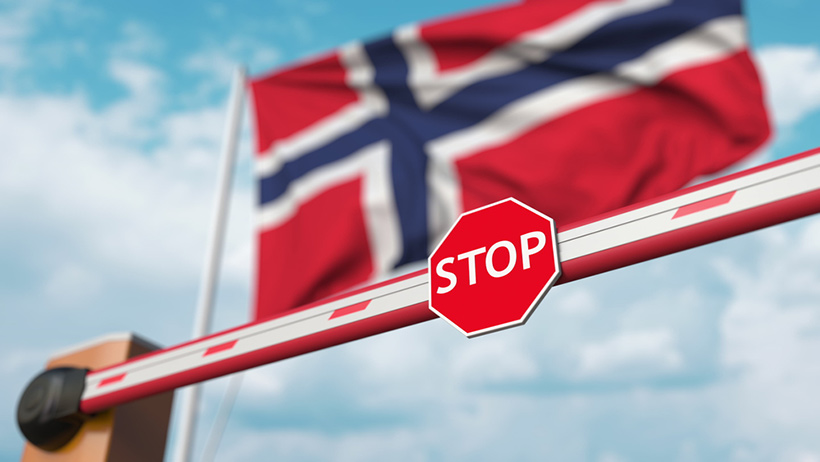Yeah, I understand that's the argument, but is there anything out there explaining the mechanism for why that might be true?
It doesn't seem to make sense that the virus can spread from a single source to hundreds of thousands across the globe, yet somehow be controlled by slowing its growth through temporary social distancing. Permanent social distancing, I would understand, but that would be devastating on society.
It's not that hard to understand.
You close off the country. People can't travel between cities or certain areas. Shops are closed. People are in their homes. Etc.
The spread of the virus will slow down, obviously. At some point, you will say, OK, this city, or this area of the city, or whatever other subdivision you have, no longer has any infected people. The lockdown for that place is lifted, the people go back to work. Slowly the number of people back to work will increase, and the number of places under quarantine will decrease. You do extremely rigorous testing and contact tracing, and you keep any further spread in check.
If there is nobody sick, then there is nobody to spread the disease.
Now, the best approach, is to be taking it seriously from day 1. Extremely good surveillance. Contact tracing. Checking who is coming in and out of the country. That way you can keep it to a manageable number of cases, without ever having to lockdown anywhere. If a cluster does appear, say you have a superspreader who managed to infect 100 people at some location, and those people are starting to infect others, you immediately lock down that area. That way the rest of the country is still functioning.
Locking down the entire country, or half of it, or whatever, is a last step solution. It means you already fucked up. The damage to the economy is real, as I am sure you understand. But it is something that has to be done if you have let the situation get out of control.





